As a second semester junior, college already lives in my mind rent-free. It’s everywhere: my parents can’t stop yapping about it, STAS blows up whenever someone gets into one, and college guidance is breathing down my neck. So yeah, it’s easy to get caught up in the impending doom of my future.
Impending doom gets exhausting, so I try to stay away from it as much as possible. But even through my attempts at college avoidance, it keeps coming up.
Recently, I stumbled upon a video — an entire genre of videos, really — titled COLLEGE DECISION REACTIONS. I innocently clicked on it, then another, and another. I’m not going to lie, they were addicting. I noticed that they all followed the same formula, too. Here’s your guide to creating a college decision reaction video:
First, you’ll need a title and thumbnail to catch the viewer’s attention. Follow my lead. Jaw? Dropped. College crests? Everywhere. Ivies? In the title. Views? Hundreds of thousands. It’s easy. Any over-achieving, college-fearing high school student is bound to bite.
Next, start the video with an obligatory heartfelt intro explaining that where you go to college doesn’t matter. This is important, because for the next twenty minutes, you’re going to contradict this statement entirely.
Here’s where the good part starts: the reactions. Log in to each college’s page and tiptoe around the Check Status button. Be sure to drag it out as long as possible — you’ve got to get the video to twenty minutes somehow. Make sure to only apply to the most “prestigious” — or “clouted” — schools. This means you’re applying to all eight Ivy League schools, Stanford, and MIT.
Okay, now that you’ve been accepted, rejected or waitlisted for every day in March, it’s time to reveal what college you will be attending. You got into your dream school, congrats! Or you didn’t. In that case, just pick the next most clouted college. Be sure to turn down any smaller school that offers you a scholarship of any kind; you don’t get views from settling for less.
In your outro, you want to bring it back to your views on the college admissions process. Say it again: it’s pure luck and the process does not define you. Yes, that’ll leave a sweet taste in their mouth — have them forget about the toxic premise behind the entire video: to humble brag about their superficial accomplishments.
Publish it and watch the views skyrocket. How does it feel to exploit the college-induced anxieties of hundreds of thousands of teens for a quick buck?
It feels great. You’re not done yet, though. Now it’s time to roll out the high school stats video, and the essay reading video, and the college day-in-the-life video… your YouTube career is set!
This needs to stop.
At this point, I have watched somewhere between ten to twenty college decision reaction videos and have concluded that they’re all terrible. These videos make the already-toxic college admissions process even worse for high school students. By creating false expectations of what the process is like for applicants, these videos cause students to compare themselves to others — and often, these others create unrealistic standards.
Much of the genre is dominated by the overachievingest of overachievers. This consists of SAT fiends, extracurricular-stackers who exceed the Common App’s ten activities list, and 5.0 GPA gremlins. The videos’ creators then demean their audience by groaning extra hard at getting rejected or waitlisted from any school lower on their list — but still a school that is ranked in the top fifty nationwide.
Whether it is turning down a full-ride to Vanderbilt to attend an Ivy, applying to UChicago just because of its clout, or of course, iterating that they are applying to NO SAFETIES?!?!?!, these videos know what they’re doing — they really are the nerdiest cousins to flex culture.
Not only is the message bad, but the content is bad too. Asking around campus, not one person told me that they actually enjoyed watching these videos. The best answer I received was that they provided one student with a false sense of comfort.
If they’re so bad, why do we keep watching them, though? Because they’re addicting. Any college-anxious Webb student would find solace in a college decision reaction video, as it reaffirms their worries about the process. Feeding into a culture of anxiety and stress, these videos send students spiraling out of control from the thought of the college admissions process.
This isn’t helped by the overall discourse surrounding the college admissions process either. On students’ TikTok For You pages, they are bombarded with college admissions-related content by goharguides, limmytalks, and mahadthementor, among countless others. This content, like college decision reaction videos, only stigmatizes the process even more, causing students to spiral by the time they reach the second semester of their junior year.
The college admissions process, as iterated by college decision reaction videos, is not supposed to define us, yet the videos foster an environment plagued by worry and toxicity that ultimately engulfs the viewer, who binges video after video. The psychological toll that this imposes on a student can only lead to what we, as overachievers attending a prestigious college-preparatory boarding school, fear the most — burnout.
So, I implore you: stop watching college decision reaction videos. Nothing good comes from them. If you were to take away any message away from this rant in article form, I would want you, the reader, to know this: the college admissions process does not define you. I know the videos say this all the time, but this time it’s genuine. If you allow an acceptance, rejection, or waitlist to dictate your perception of yourself, you’ll be in a dark place by the time March rolls around.


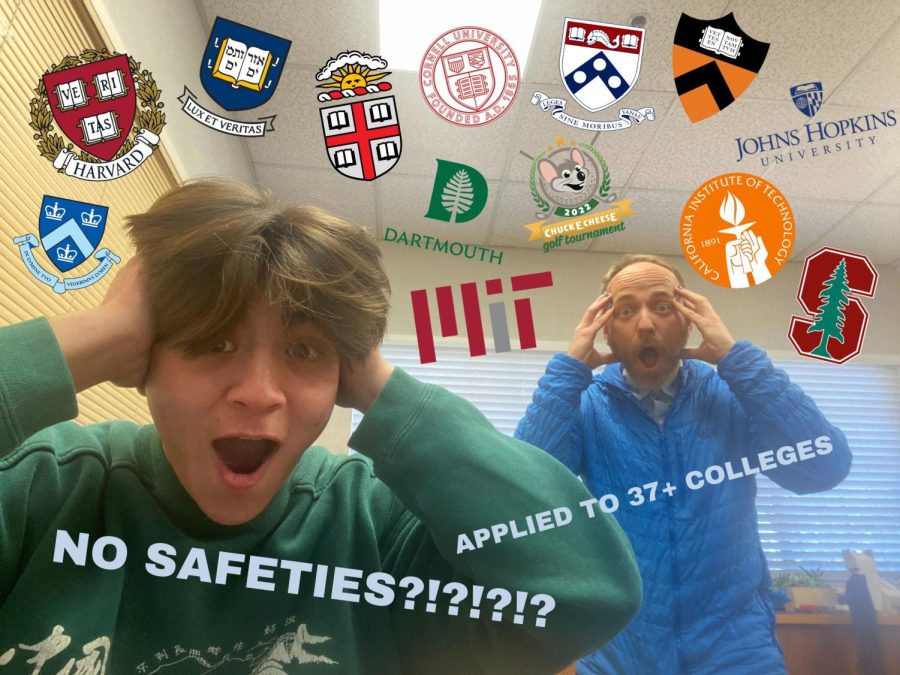




![Many Webb students spend their free time in the library watching a popular TV show like Riverdale and Euphoria. “Based off what I’ve seen, like in Euphoria, because the actors are older, they don't showcase an actual high school life properly,” Sochika Ndibe (‘26) said. “Since [the actors] are older [and] playing a teenager, from a girl’s perspective, it is going to make you think you should look more developed at a young age.” The actor, who plays Veronica Lodge, was 22 years old at the time of filming.](https://webbcanyonchronicle.com/wp-content/uploads/2025/03/Antecol-Media-affects-how-society-functions-graphic-1200x900.png)
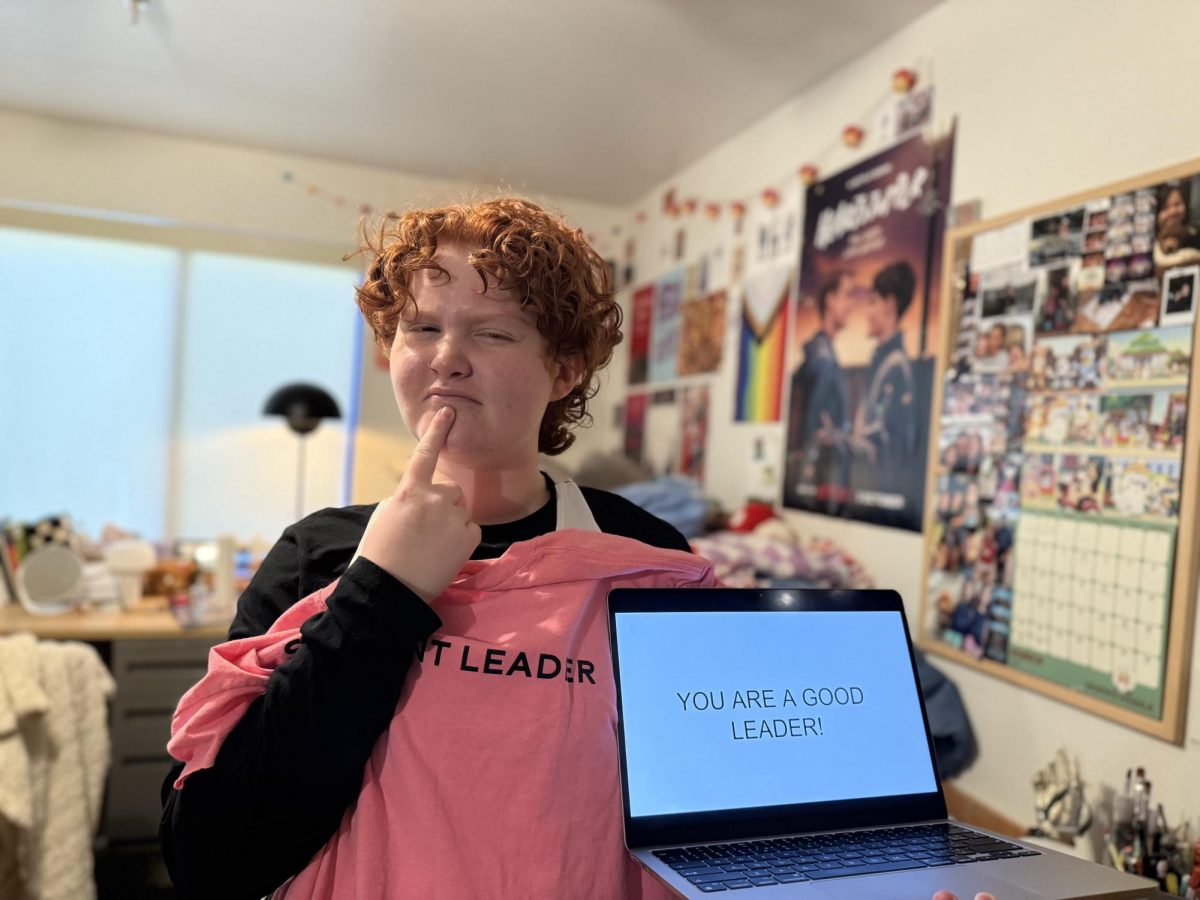



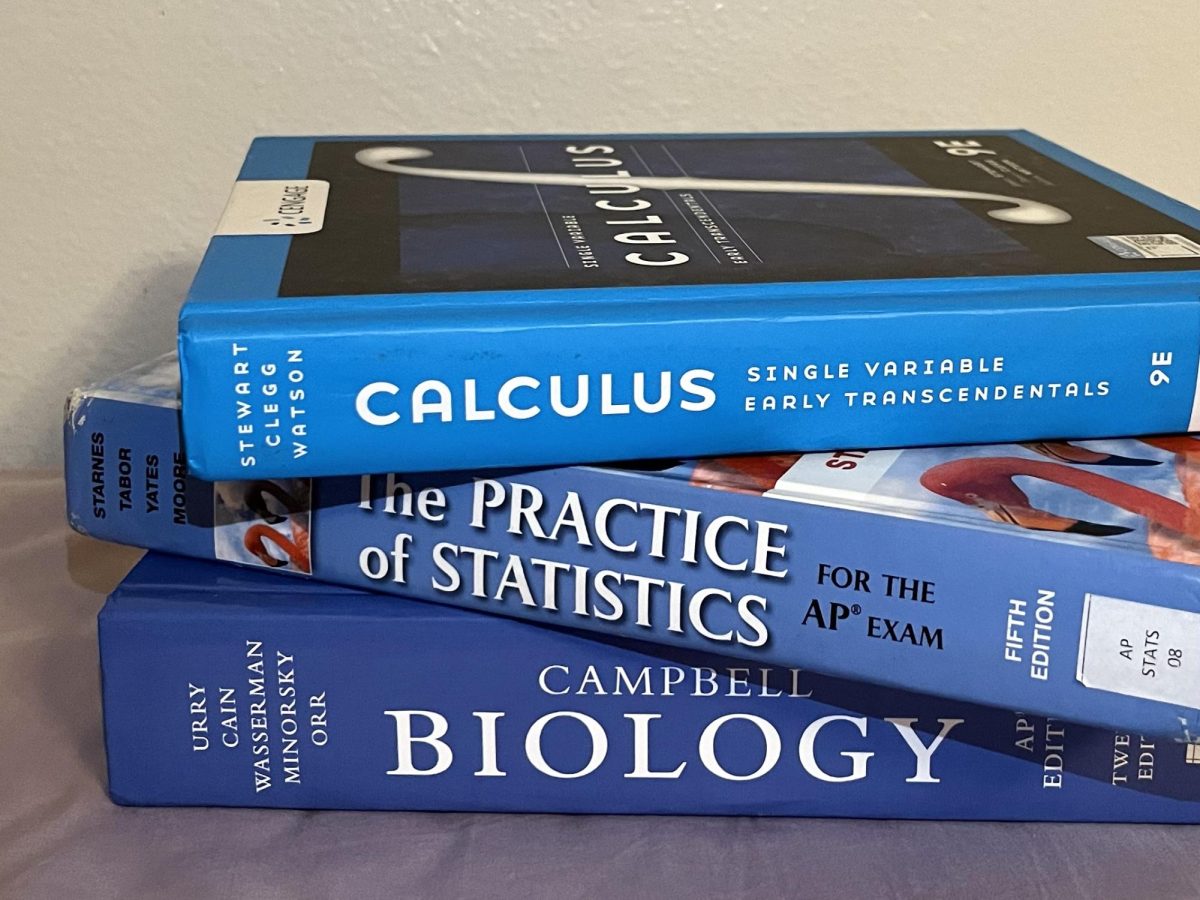
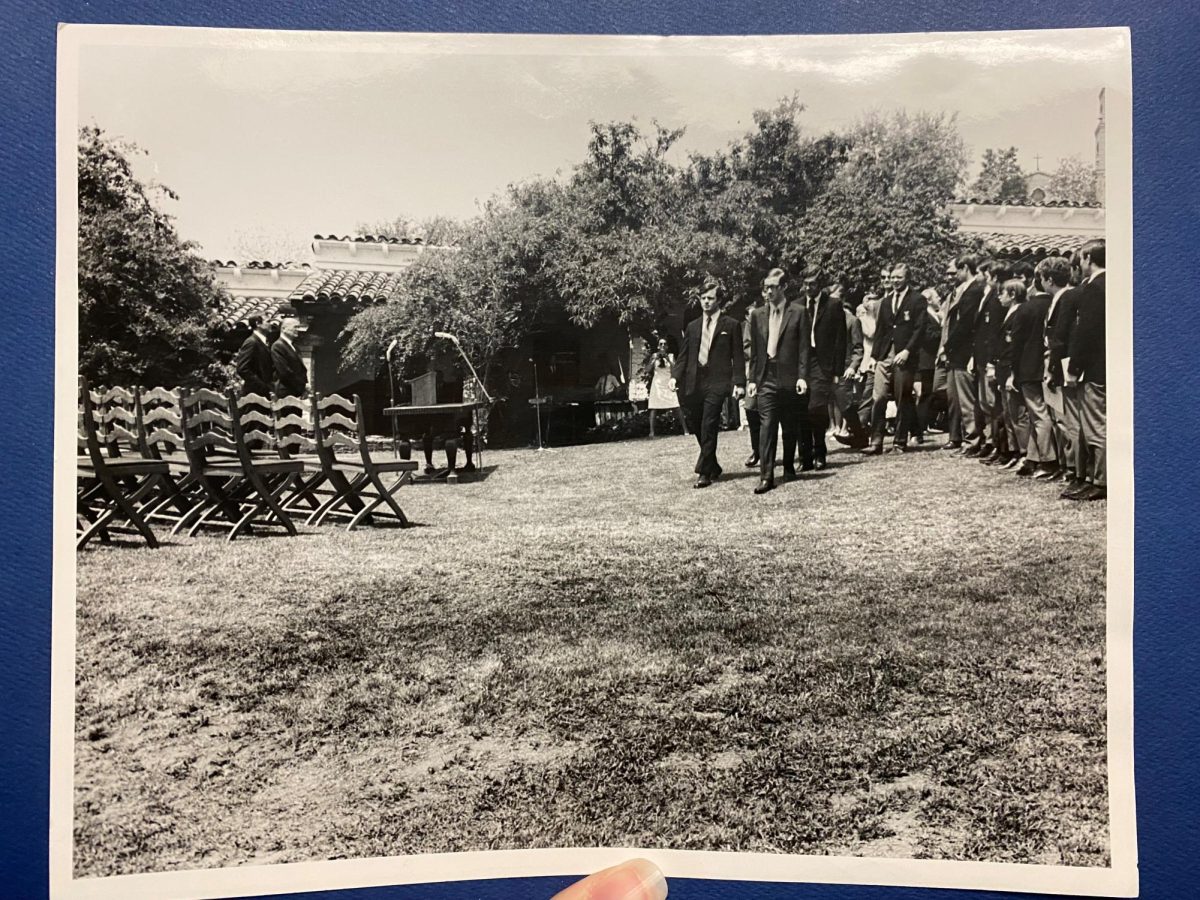
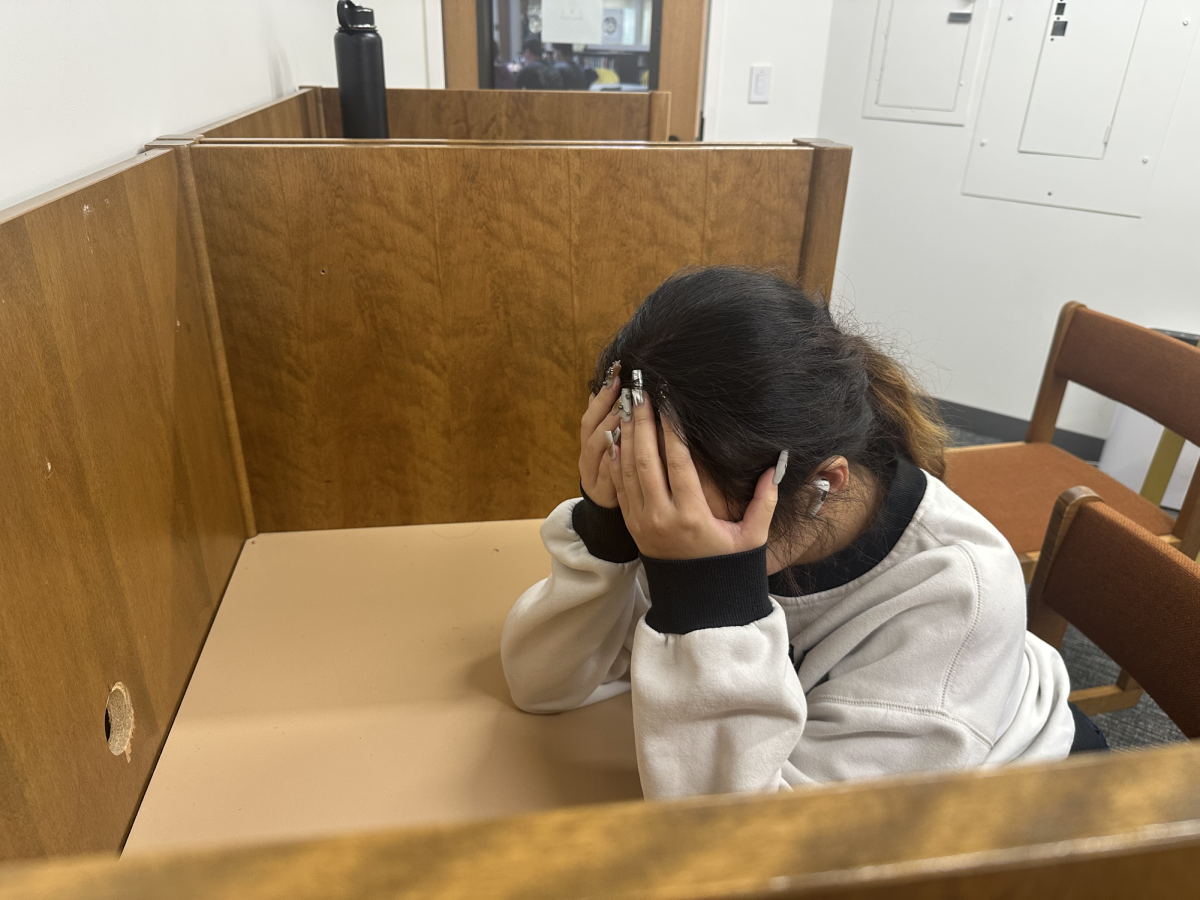

Sachi | May 4, 2024 at 12:20 PM
You know what? I’m going to stop watching those videos, thanks to your article.
jenny | Mar 5, 2023 at 8:33 AM
Great article Stratton! This is bound to cause a stir in the community!
Deric | Mar 4, 2023 at 1:32 PM
I totally agree. I observed reaction videos work as extremely bad maladaptive behaviors giving students false comfort while lead them to be in despair.